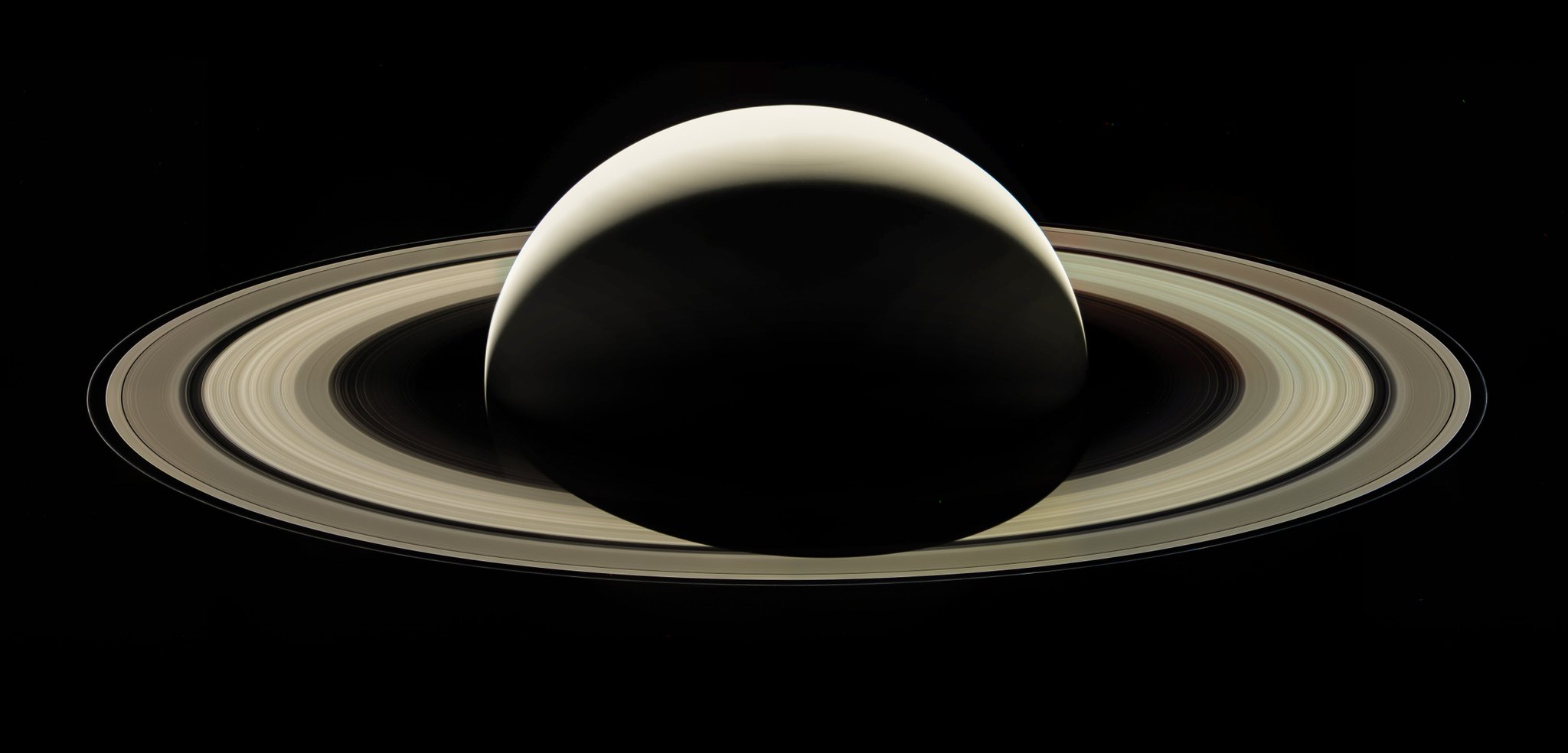The Astronomy Thread
- Thread starter Araxen
- Start date
You are using an out of date browser. It may not display this or other websites correctly.
You should upgrade or use an alternative browser.
You should upgrade or use an alternative browser.
Melvin
Blackwing Lair Raider
- 1,399
- 1,168
I didn't find any way to quickly calculate the redshift, but as an order of magnitude estimate I interpreted your ballpark figure as the signal had red shifted to 40% of its original frequency. That puts the original "broadcast" in the neighborhood of 16.5MHz, so it's probably been hanging out in that same part of the RF spectrum for the last ~3 billion years.
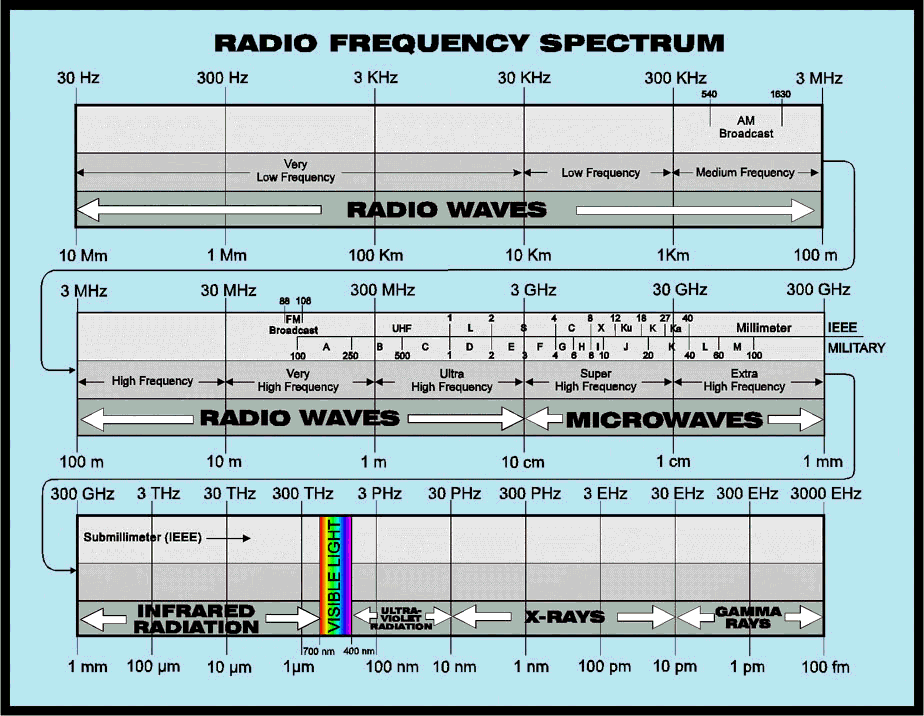
Anyone feel like tackling the question of what was the original broadcast signal power?

Anyone feel like tackling the question of what was the original broadcast signal power?
- 2
It's mostly smear/noise and dirty uncalibrated optics, but this is the closest (1641km) image we'll get of Saturn until we send an atmospheric probe there one day. Cassini's final image uplink will be done on the 14th before it's reconfigured to send telemetry live as it's collected on it's final dive into the clouds.
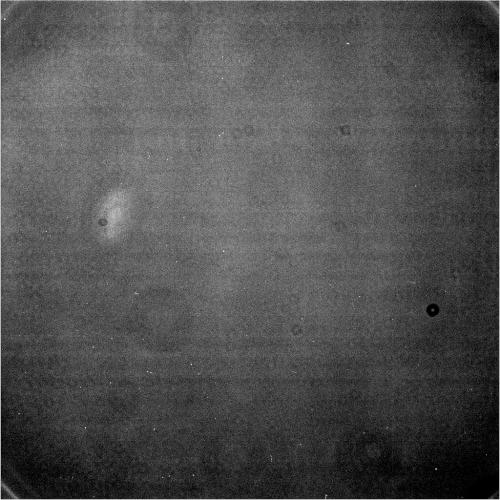
Unrelated:

Unrelated:
Last edited:
- 1
Just over 4 hours from now Cassini will disintegrate in Saturn's atmosphere.
Titan one last time (9/12)

And a goodbye to Encaladus, as it set over Saturn's limb.
2 mosaics of images taken by Cassini prior to it's final dive into Saturn.
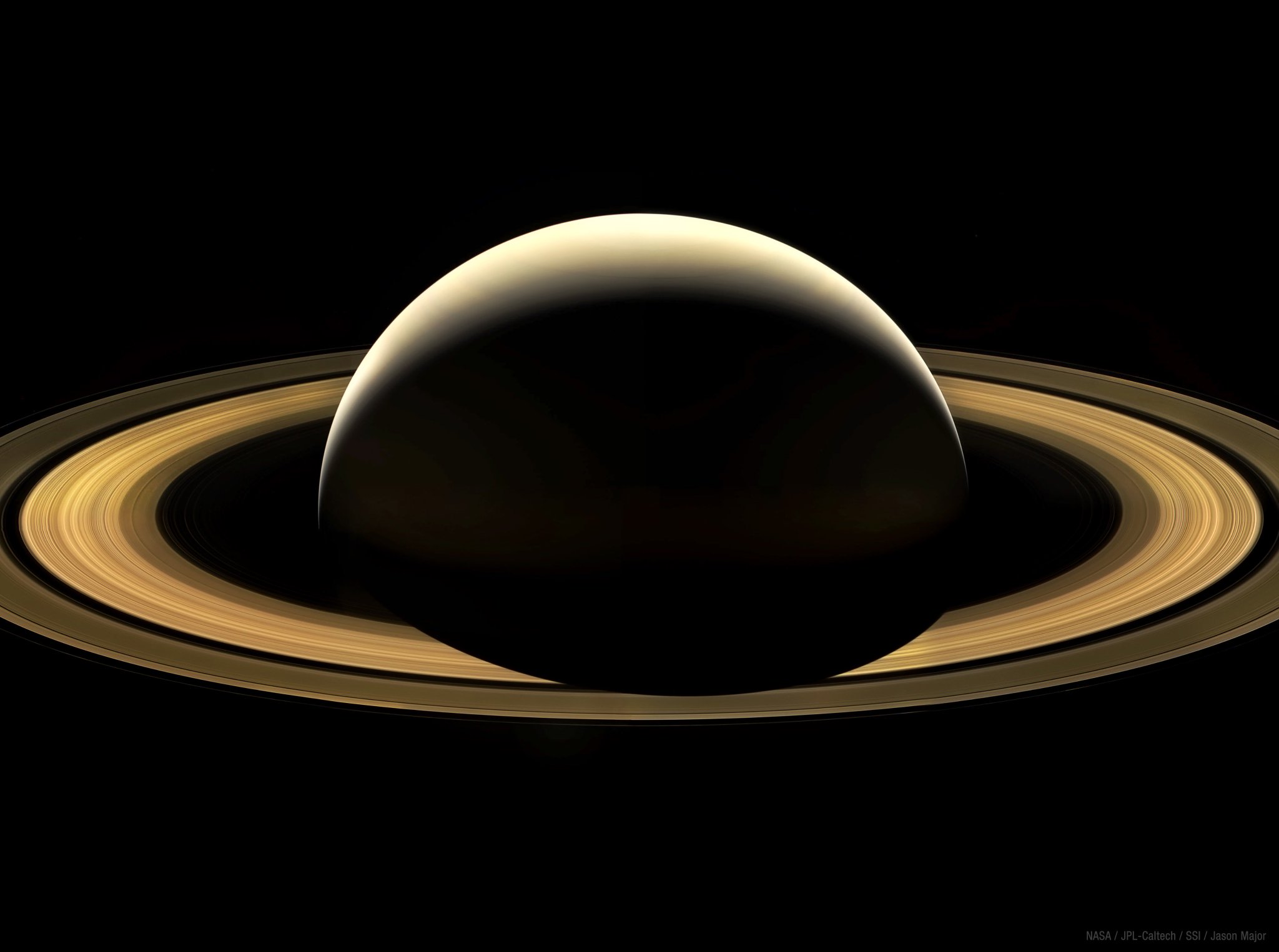
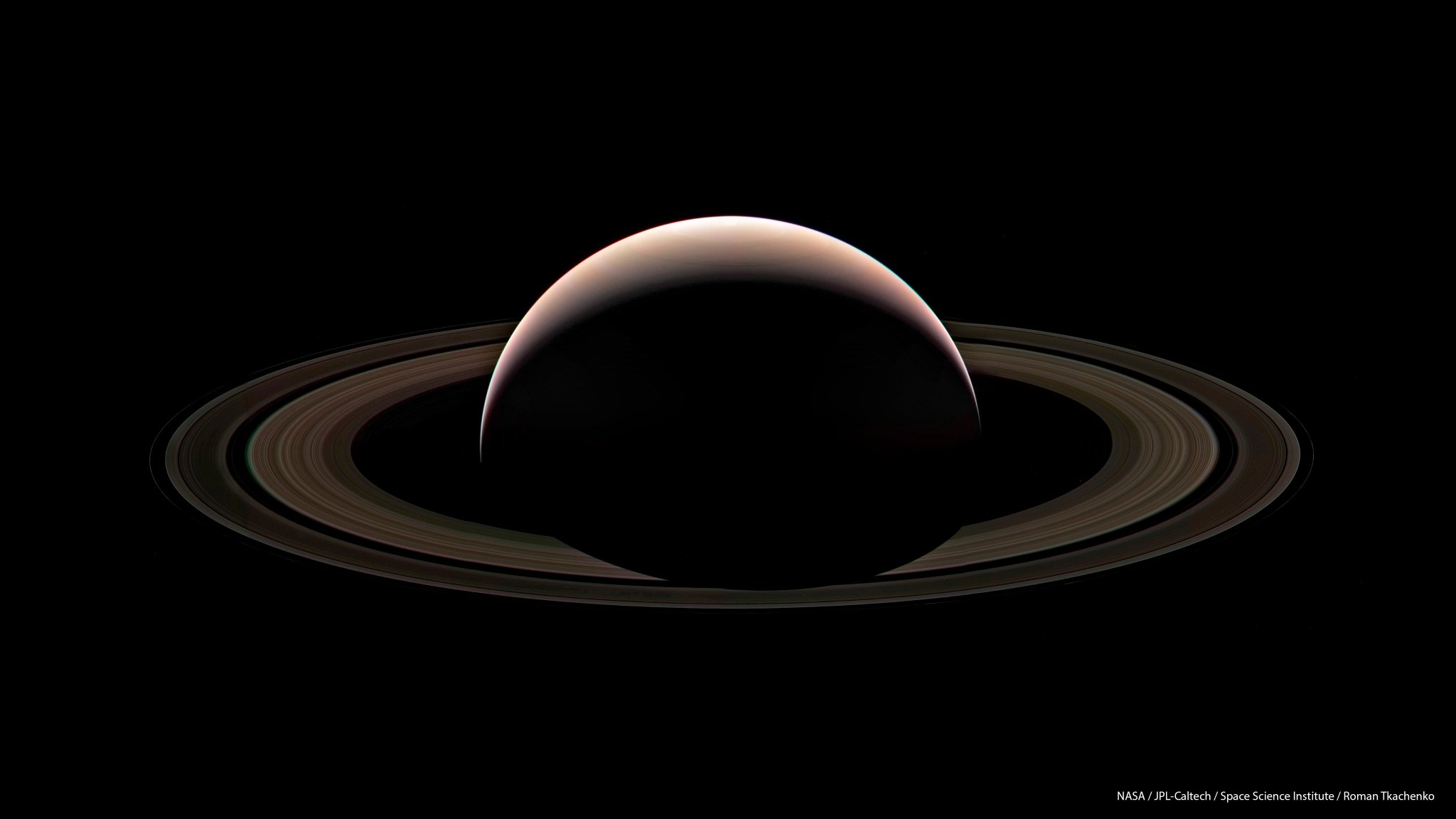

Titan one last time (9/12)
And a goodbye to Encaladus, as it set over Saturn's limb.
2 mosaics of images taken by Cassini prior to it's final dive into Saturn.


- 3
- 1

Oldbased
> Than U
- 28,700
- 68,149
Literally one of the coolest websites I have ever seen:
Here’s What Cassini Saw During Its Tour of Saturn
Here’s What Cassini Saw During Its Tour of Saturn
- 6
ShakyJake
<Donor>
Hekotat
FoH nuclear response team
- 12,954
- 13,150
Literally one of the coolest websites I have ever seen:
Here’s What Cassini Saw During Its Tour of Saturn
Wow, that is amazing.
- 1
Oldbased
> Than U
- 28,700
- 68,149
I haven't touched a lego in 30 years but this motherfucker has me tempted.
LEGO® NASA Apollo Saturn V - 21309 | Ideas | LEGO Shop
LEGO® NASA Apollo Saturn V - 21309 | Ideas | LEGO Shop
- 7
Dandain
Trakanon Raider
- 2,092
- 917
This was a nice read, I just linked the videos to make the post a little more enticing.
A Day in the Life of NASA's Voyagers
The Voyagers have explored the far reaches of our solar system, and Voyager 1 entered interstellar space in August 2012. Exactly where the solar system ends depends on the criteria used to define it.
This visualization tracks the trajectory of the Voyager 1 spacecraft through the solar system. Launched on Sept. 5, 1977, it was one of two spacecraft sent to visit the giant planets of the outer solar system. Voyager 1 flew by Jupiter and Saturn before being directed out of the solar system.
This visualization tracks the trajectory of the Voyager 2 spacecraft through the solar system. Launched on Aug. 20, 1977, it was one of two spacecraft sent to visit the giant planets of the outer solar system. Like Voyager 1, Voyager 2 flew by Jupiter and Saturn, but the Voyager 2 mission was extended to fly by Uranus and Neptune before being directed out of the solar system.
A Day in the Life of NASA's Voyagers
The Voyagers have explored the far reaches of our solar system, and Voyager 1 entered interstellar space in August 2012. Exactly where the solar system ends depends on the criteria used to define it.
This visualization tracks the trajectory of the Voyager 1 spacecraft through the solar system. Launched on Sept. 5, 1977, it was one of two spacecraft sent to visit the giant planets of the outer solar system. Voyager 1 flew by Jupiter and Saturn before being directed out of the solar system.
This visualization tracks the trajectory of the Voyager 2 spacecraft through the solar system. Launched on Aug. 20, 1977, it was one of two spacecraft sent to visit the giant planets of the outer solar system. Like Voyager 1, Voyager 2 flew by Jupiter and Saturn, but the Voyager 2 mission was extended to fly by Uranus and Neptune before being directed out of the solar system.
- 2
Share:






